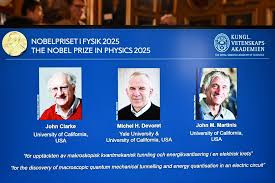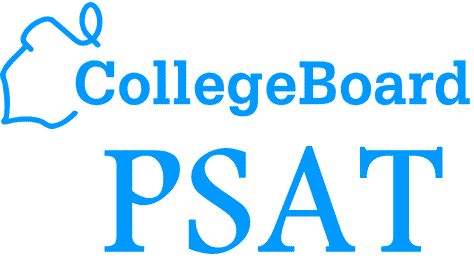
The 2025 Nobel Prize in physics has been awarded to a trio of scientists for their influential discoveries in quantum mechanics. John Clarke, Michel Devoret, and John Martinis received this year’s award for discovering quantum mechanical tunneling in an electrical circuit, which laid the foundation for quantum computing and other technologies.
Quantum mechanics is the field of physics that explains how small objects exhibit the characteristics of both particles and waves. It was first discovered by German physicist Werner Heisenberg in 1925. Heisenberg paved the way for real-world applications of physics, which can affect how the world works, and this is what these scientists began to research.
The Royal Swedish Academy of Sciences awards the Nobel Prize in physics and includes a cash prize of 1.2 million dollars, which in this case was split among the three recipients. Starting in 1901, recipients have been recognized for achievements in science, literature, and peace.
For the physics world, some things were different this year. This trio conducted experiments to show that quantum tunneling can also be observed on a macroscopic, visible scale in a system big enough to see and touch.
The trio’s discovery of tunneling and energy quantization laid the foundation for today’s superconducting qubits, one of the leading platforms in the global race to build practical quantum computers.
“There is no advanced technology used today that does not rely on quantum mechanics, including mobile phones, cameras… and fiber optic cables,” states the Nobel Prize Award committee.
The Nobel Prize recipients this year are influencing many scientists around the world, helping create more advanced technologies and discovering how old technologies, such as the cell phone, are related to quantum mechanical tunneling.







